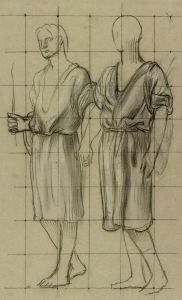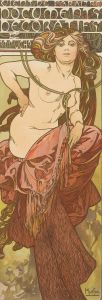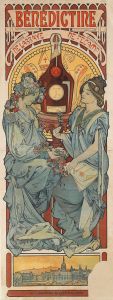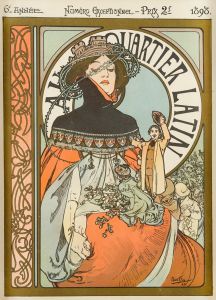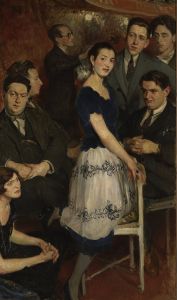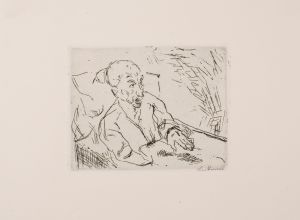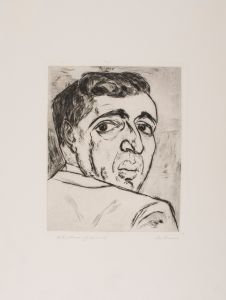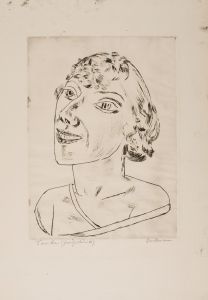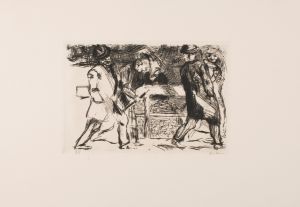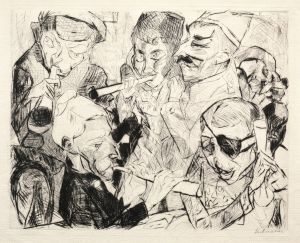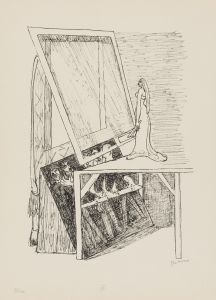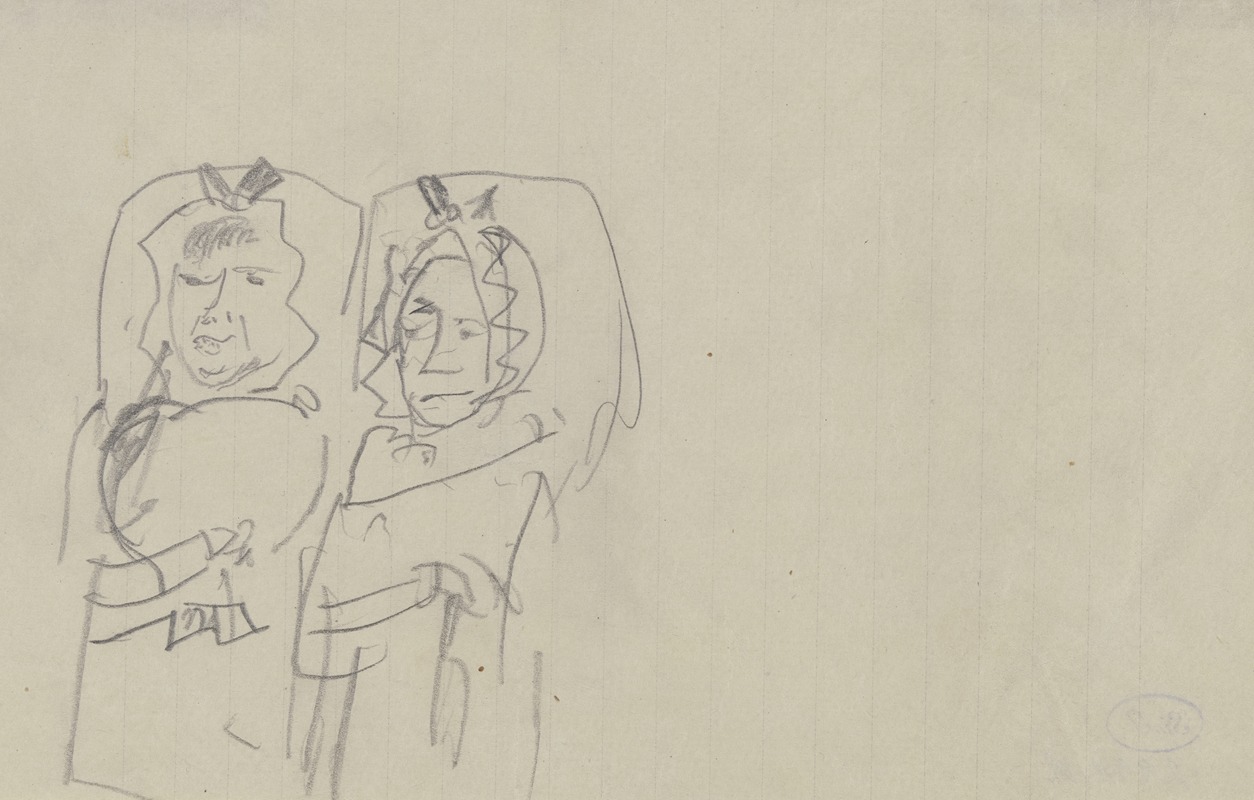
Zwei – wohl erwachsene – Figuren in Babykluft, stehend
A hand-painted replica of Max Beckmann’s masterpiece Zwei – wohl erwachsene – Figuren in Babykluft, stehend, meticulously crafted by professional artists to capture the true essence of the original. Each piece is created with museum-quality canvas and rare mineral pigments, carefully painted by experienced artists with delicate brushstrokes and rich, layered colors to perfectly recreate the texture of the original artwork. Unlike machine-printed reproductions, this hand-painted version brings the painting to life, infused with the artist’s emotions and skill in every stroke. Whether for personal collection or home decoration, it instantly elevates the artistic atmosphere of any space.
Max Beckmann was a prominent German painter and printmaker, known for his distinctive style that combined elements of Expressionism, New Objectivity, and a personal exploration of the human condition. His works often reflect the tumultuous socio-political landscape of early 20th-century Europe, marked by two World Wars and significant cultural shifts.
One of Beckmann's intriguing works is "Zwei – wohl erwachsene – Figuren in Babykluft, stehend" (Two – probably adult – figures in baby clothes, standing). This painting is a part of Beckmann's exploration of human identity and societal roles, themes that recur throughout his oeuvre. Beckmann's art often delves into the absurdities and contradictions of human existence, and this particular painting is no exception.
The painting depicts two adult figures dressed in baby clothes, standing in a manner that suggests a juxtaposition between maturity and infancy. This visual paradox invites viewers to reflect on themes of innocence, vulnerability, and the societal expectations placed upon individuals. Beckmann's choice of attire for the figures can be seen as a commentary on the regression or infantilization of adults in certain societal contexts, or perhaps a critique of the loss of innocence in the modern world.
Beckmann's use of bold lines and stark contrasts in color and form is characteristic of his style, which often emphasizes the psychological depth and complexity of his subjects. The figures in this painting are rendered with a sense of solidity and presence, yet their attire introduces an element of surrealism and irony. This tension between the real and the absurd is a hallmark of Beckmann's work, inviting viewers to question the nature of reality and the roles individuals play within it.
The painting can also be seen within the broader context of Beckmann's life and career. Born in 1884 in Leipzig, Germany, Beckmann experienced the upheavals of both World Wars, which deeply influenced his artistic vision. His work often reflects a sense of disillusionment and a search for meaning in a world that seemed increasingly chaotic and fragmented. Beckmann's experiences as a soldier in World War I and his subsequent rejection by the Nazi regime, which labeled his work as "degenerate art," further shaped his perspective and artistic output.
"Zwei – wohl erwachsene – Figuren in Babykluft, stehend" exemplifies Beckmann's ability to blend personal introspection with broader societal commentary. The painting's enigmatic nature encourages viewers to engage with it on multiple levels, considering both the personal and collective implications of its imagery. Beckmann's work remains influential for its ability to capture the complexities of the human experience, and this painting is a testament to his skill in navigating the intricate interplay between form, content, and meaning.
In summary, Max Beckmann's "Zwei – wohl erwachsene – Figuren in Babykluft, stehend" is a compelling exploration of identity and societal roles, rendered in a style that is both distinctive and thought-provoking. Through its juxtaposition of adult figures in infant attire, the painting challenges viewers to reflect on the nature of maturity, innocence, and the expectations imposed by society. Beckmann's work continues to resonate for its insightful commentary on the human condition, making it a significant piece within the canon of modern art.





